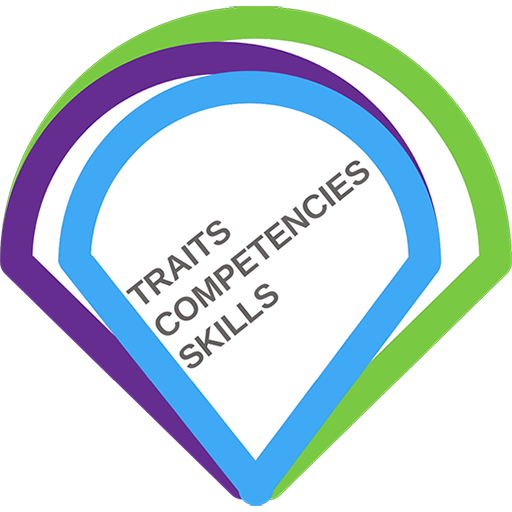Internal mobility is something many organisations are striving to increase, but how much do we actually know about our internal candidates? Should an internal candidate display visible skills before they be considered for another role? This is a discussion I have had with many Talent teams and I am always surprised at the need for some to have certainty in ascertaining actual skills versus inferred skills.
Let’s be clear on the difference between inferred skills and actual skills – inferred skills are researching things like a candidate’s education, past job titles, or general reputation, and based on these you attribute skills. Actual skills, however, are typically acquired through direct experience, training or demonstrated competence, and they can be typically found on a candidate’s resume and/or during situational interviews.
Here’s an example, if I was having heart surgery, I would want certainty in understanding the surgeon’s skills. But if I am looking for potential people internally who may be suitable for positions or who may potentially have skills, I can start with inferred skills. This is the starting point to understand whether a person may be suitable.
I totally understand that some people have a need for certainty, and people who are analytical thinkers may require a more proven actual skills approach. However, working with a certain amount of ambiguity and starting with inferred skills can allow you to keep a more open mind which might lead to some pleasant surprises. Actual skill verification can be undertaken later.
How can your Talent team assess for inferred skills?
To help de-risk the assessment of internal candidates via inferred skills, you could observe their behaviours and accomplishments across their traits and competencies. For example, an employee who often resolves interpersonal conflicts may not have official management experience, but their demonstrated conflict resolution and diplomacy skills could suggest a talent for leadership. Similarly, someone displaying great attention to detail and data-driven decision-making, even though not in a strategic role, could be inferred to have analytical skills that are valuable for other positions.
Another (more scientific) way to do this is building a skill taxonomy for your organisation. A skill taxonomy is a data-driven way of classifying and organising the skills your organisation currently has and what is missing that is needed to achieve their business goals. It can help your team identify internal Talent that could potentially fulfill another role.
However, this is quite a time consuming activity and if you are short on time, there is a workaround – ChatGPT. Let me show you how I would go about this.
For example, you have a requirement for a Data Scientist and you do NOT have any Data Scientists in your organisation BUT you want to understand who within the organisation currently could potentially undertake all or part of this role.
- The first thing I do is ask ChatGPT what jobs lead to becoming a Data Scientist. Here is what I found:
- Data Analysts
- Business Analysts
- Research Assistants
- Machine Learning Engineers
- Software Developers/Engineer Data Engineers
- Academia Researchers. Interestingly Psychologists also have a significant overlap in skills.
- Search for Data Scientists on LinkedIn and look at their career paths to provide more clues.
- Understand the types of positions we have internally. Let’s say Business Analysts – if I had access to the employee’s resumes I would copy and paste their skills into Chat GPT and ask what inferred skills they may have. If no resume, I would paste their LinkedIn career into ChatGPT and query the inferred skills. This gives you a starting point of your organisation’s potential internal candidates who you can consider.
- Summarise your findings and go back to your Hiring Manager with some innovative ideas and then take a Build Buy Borrow or Bot approach.
While the above approach is not conventional, it does provide some data that can be used to help inform your thoughts and partner with your Hiring Manager to consider internal candidates.
Understanding your Talent team’s ability to undertake these types of actions is important if you are looking for creative ways to fulfill roles and improve internal mobility. There are tools, such as TCS insights, that you can use to assess and benchmark your team’s capabilities and provide professional development to achieve this.
So the next time you get an interesting position, try the above process. You may be pleasantly surprised by what you might find.


Recent Comments